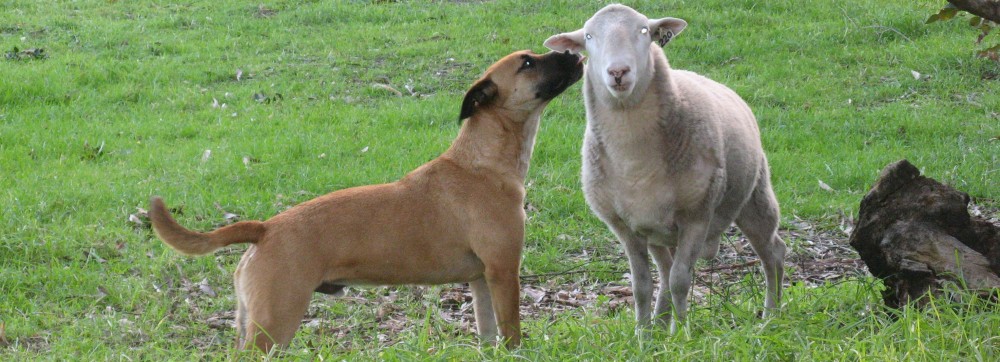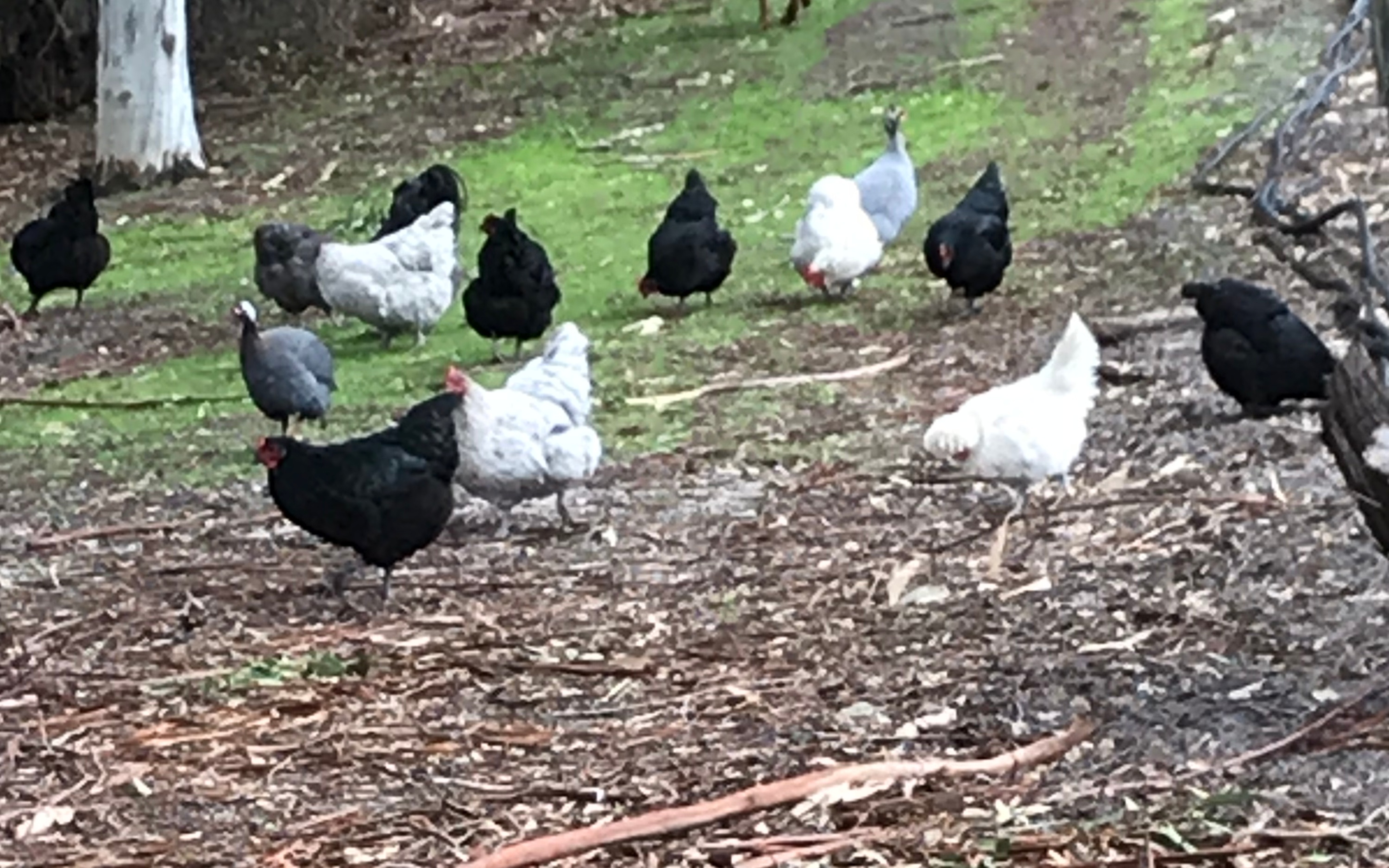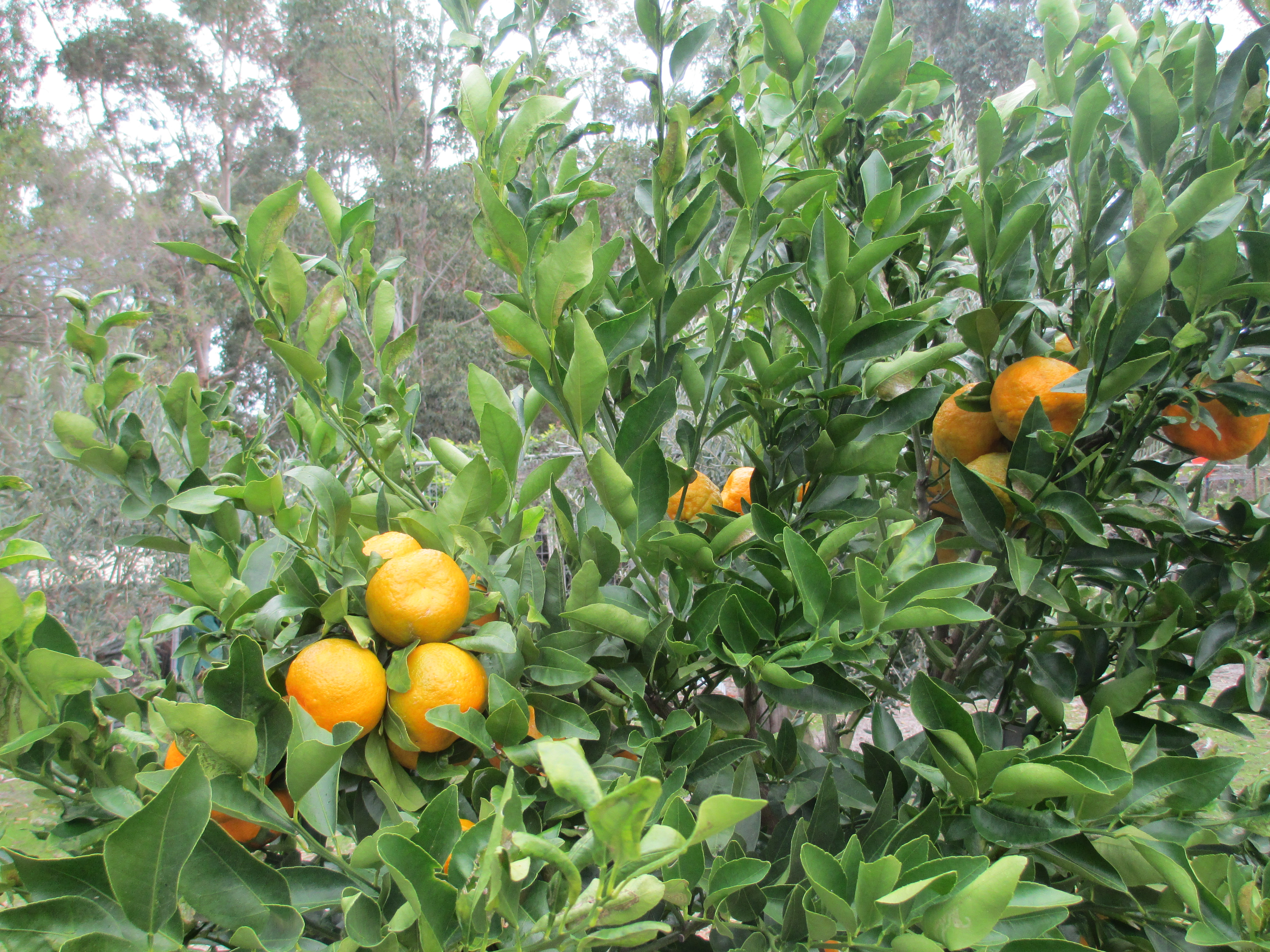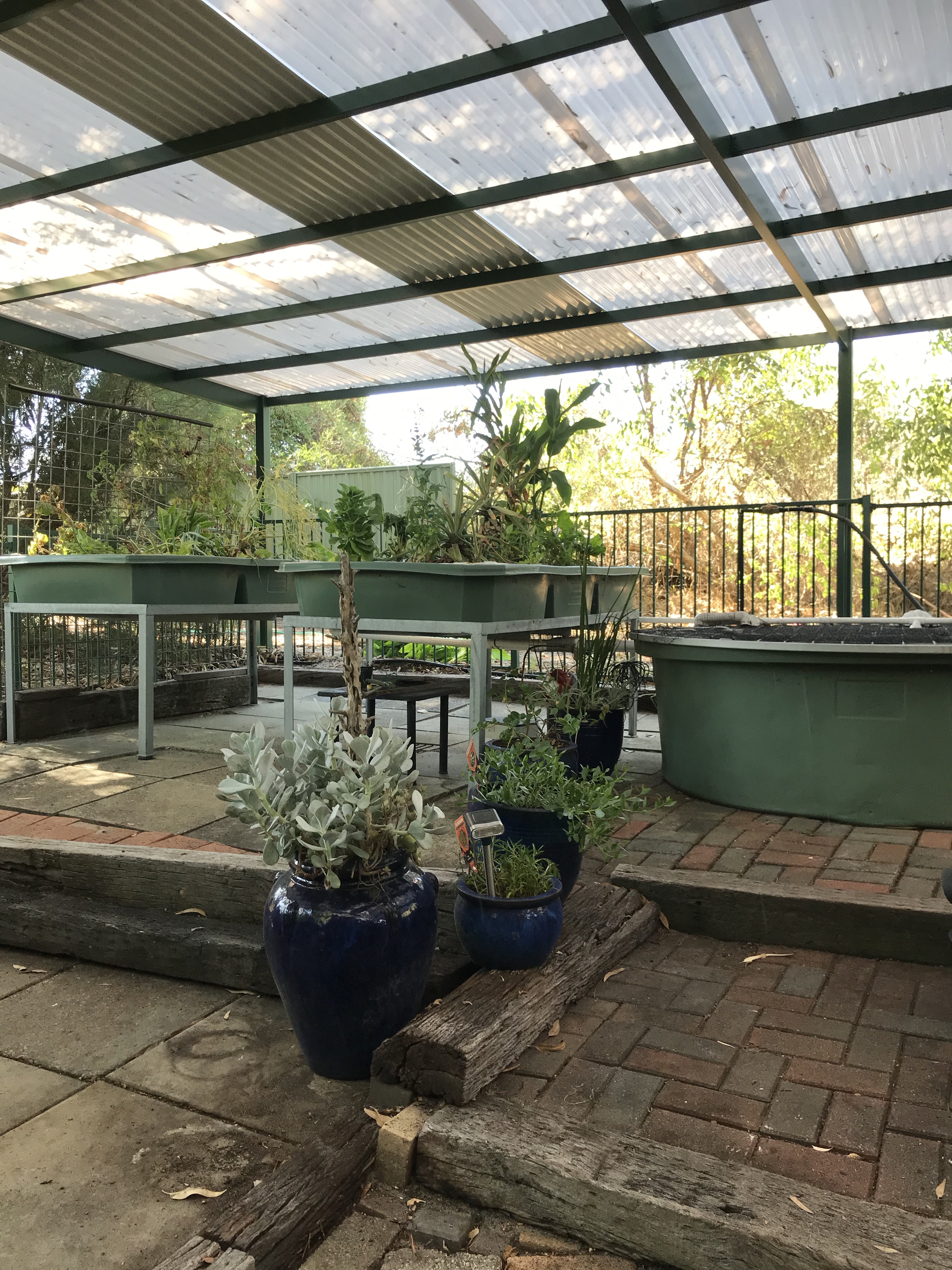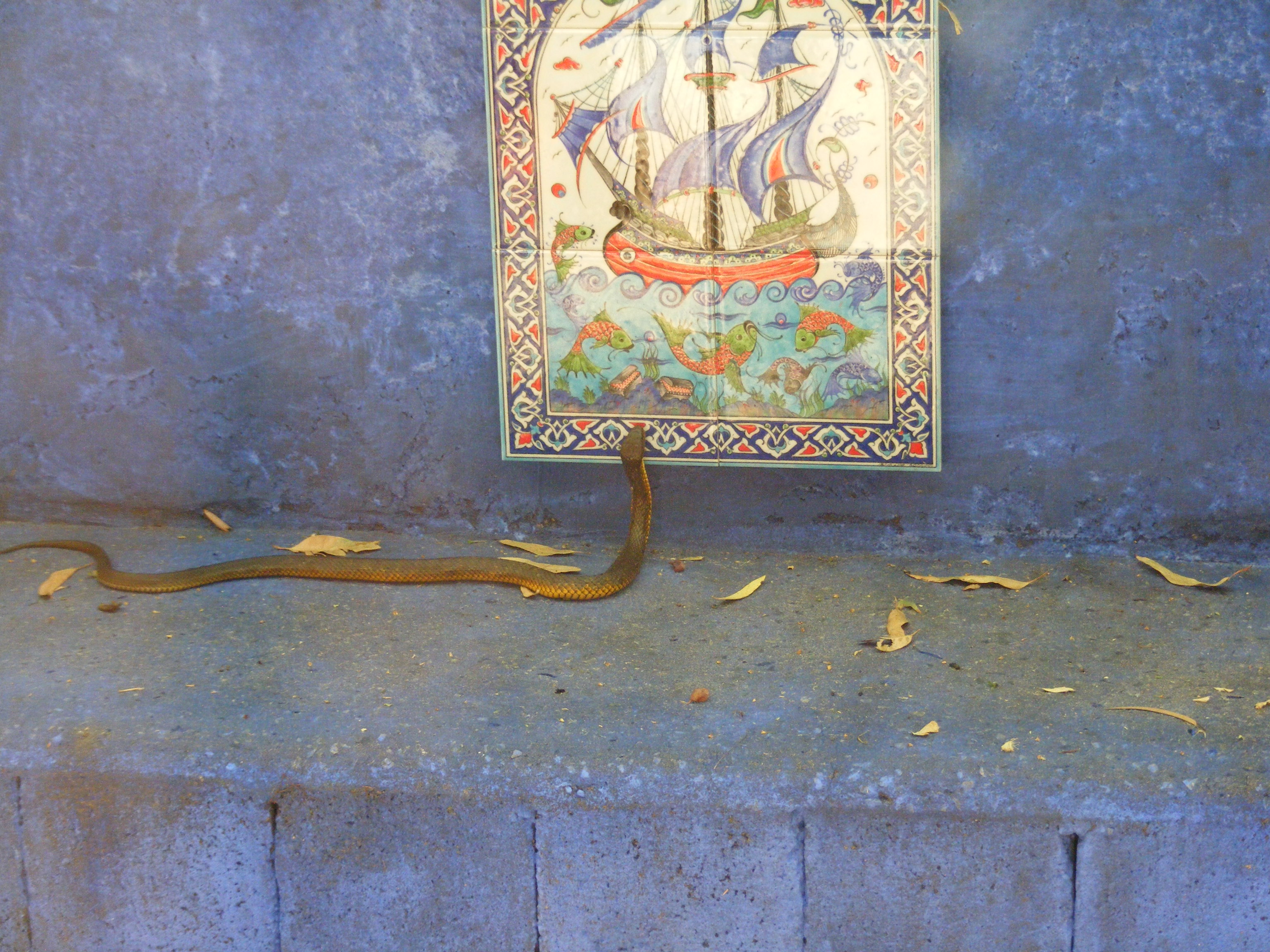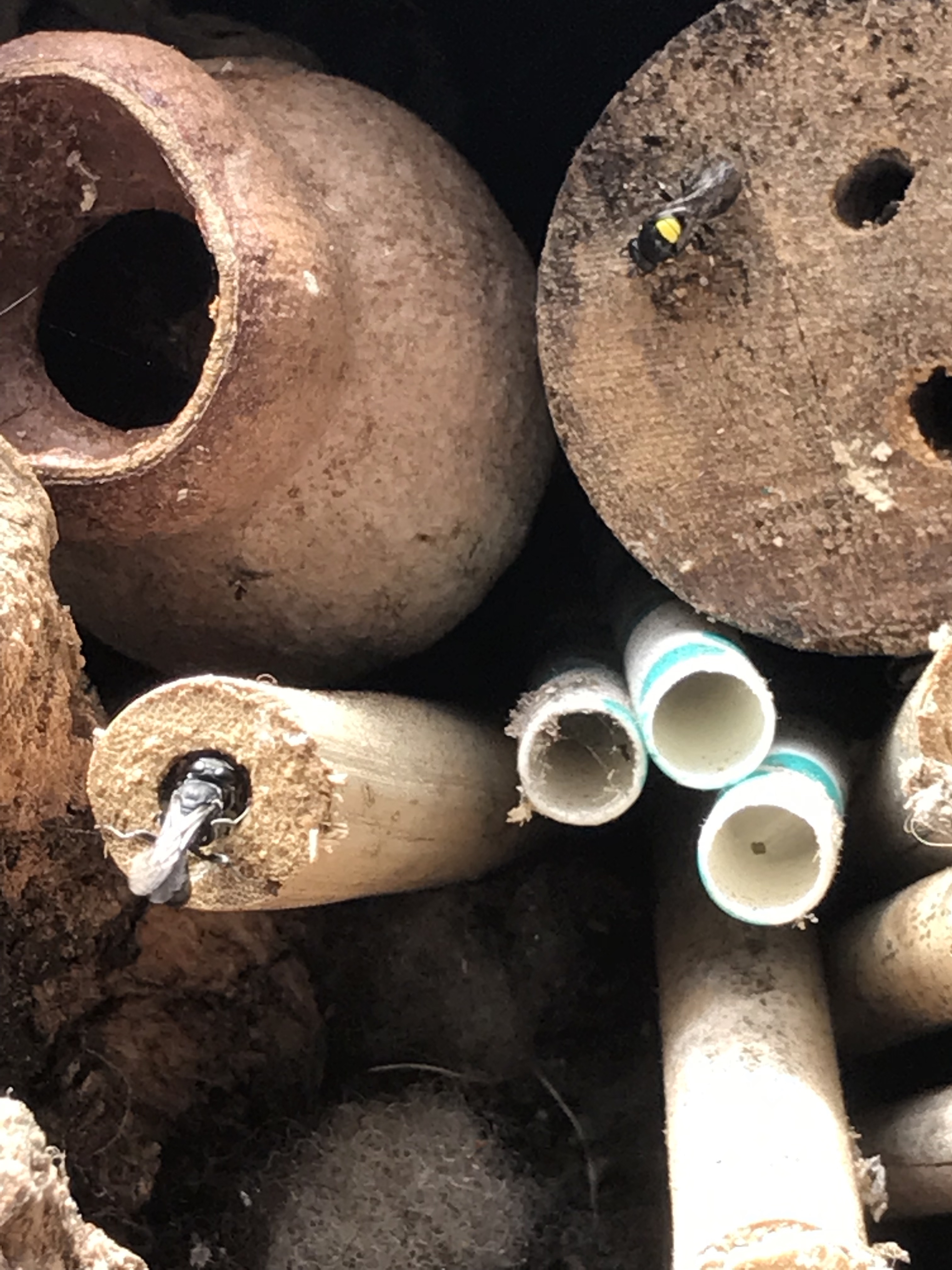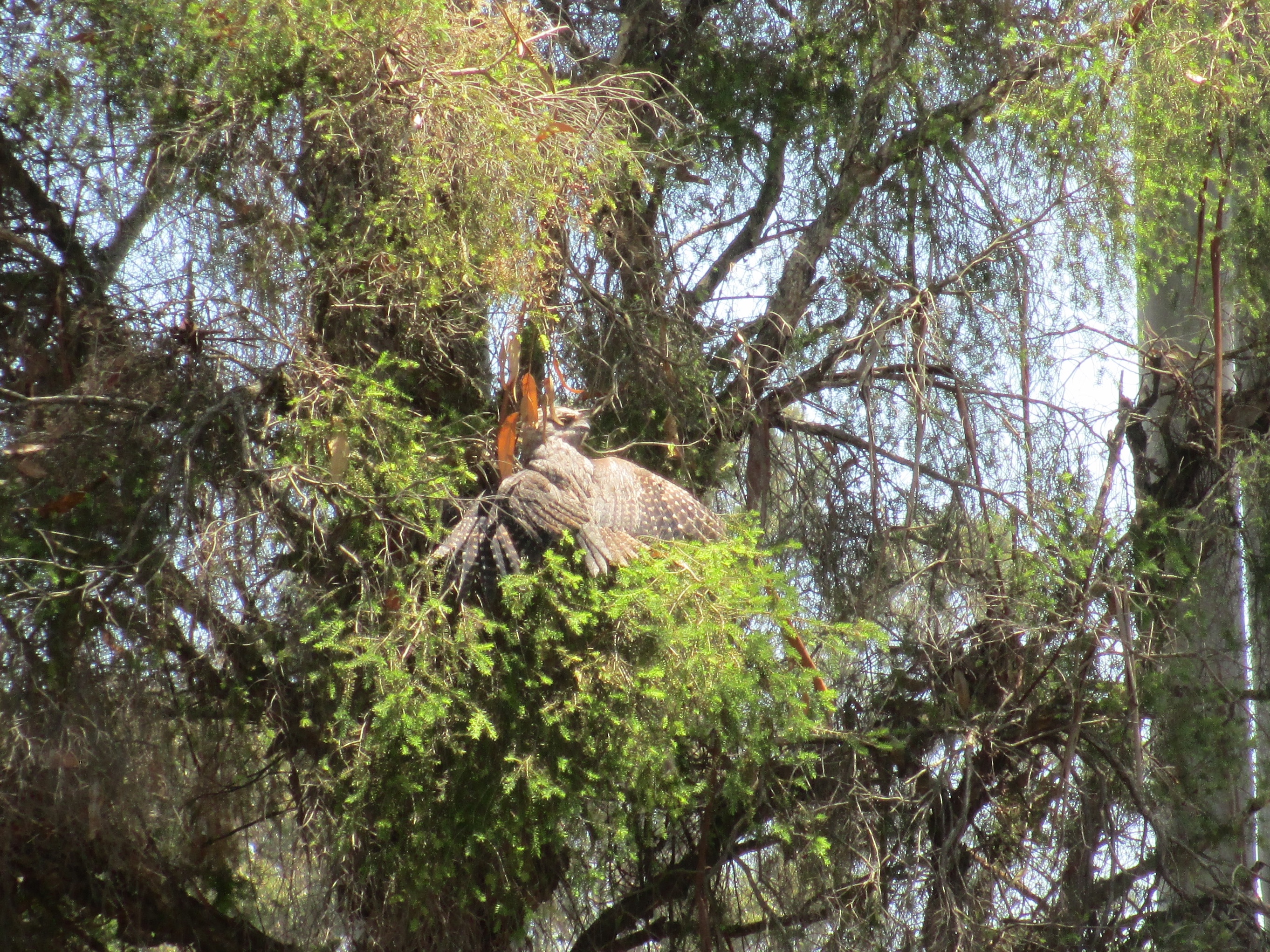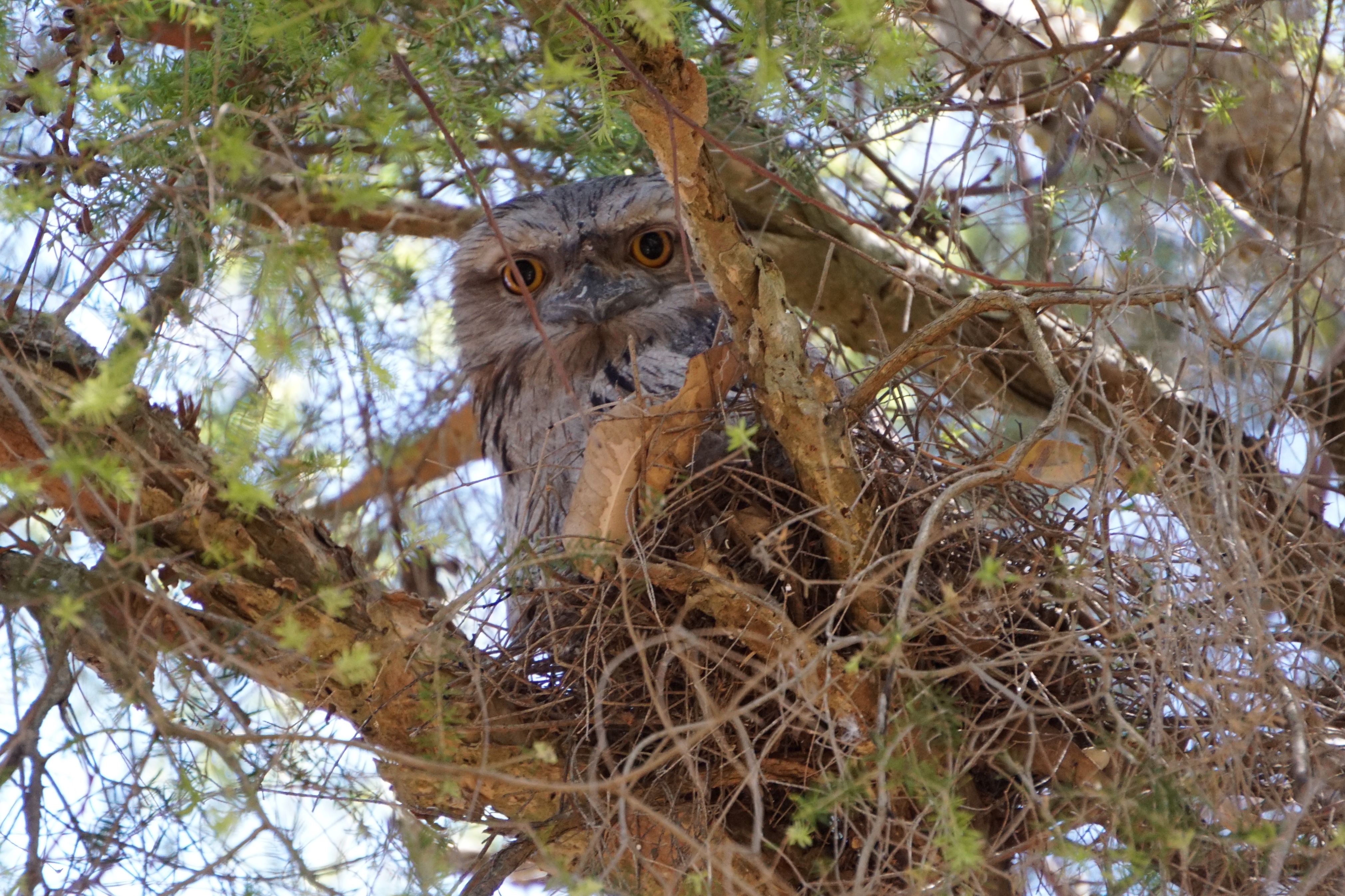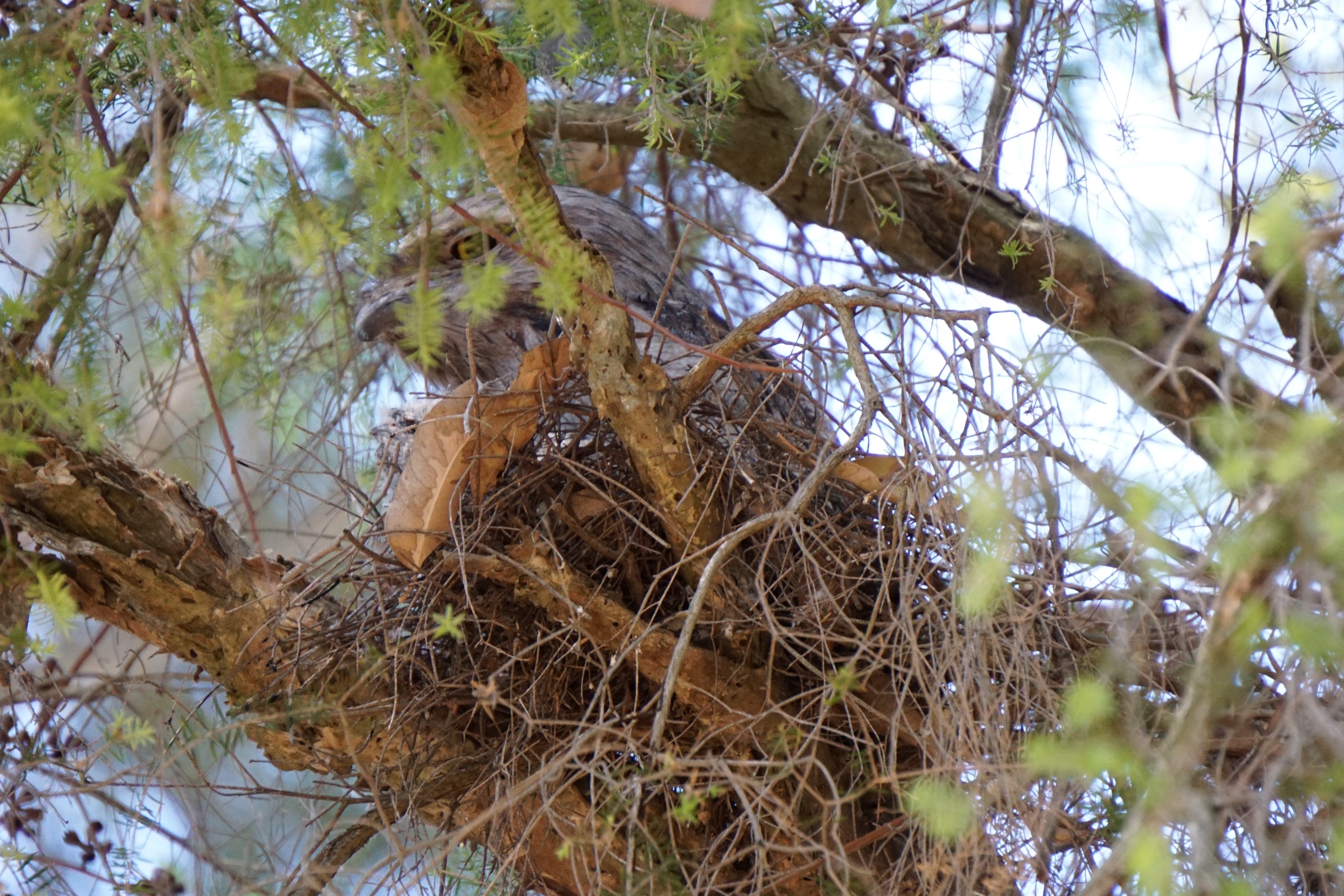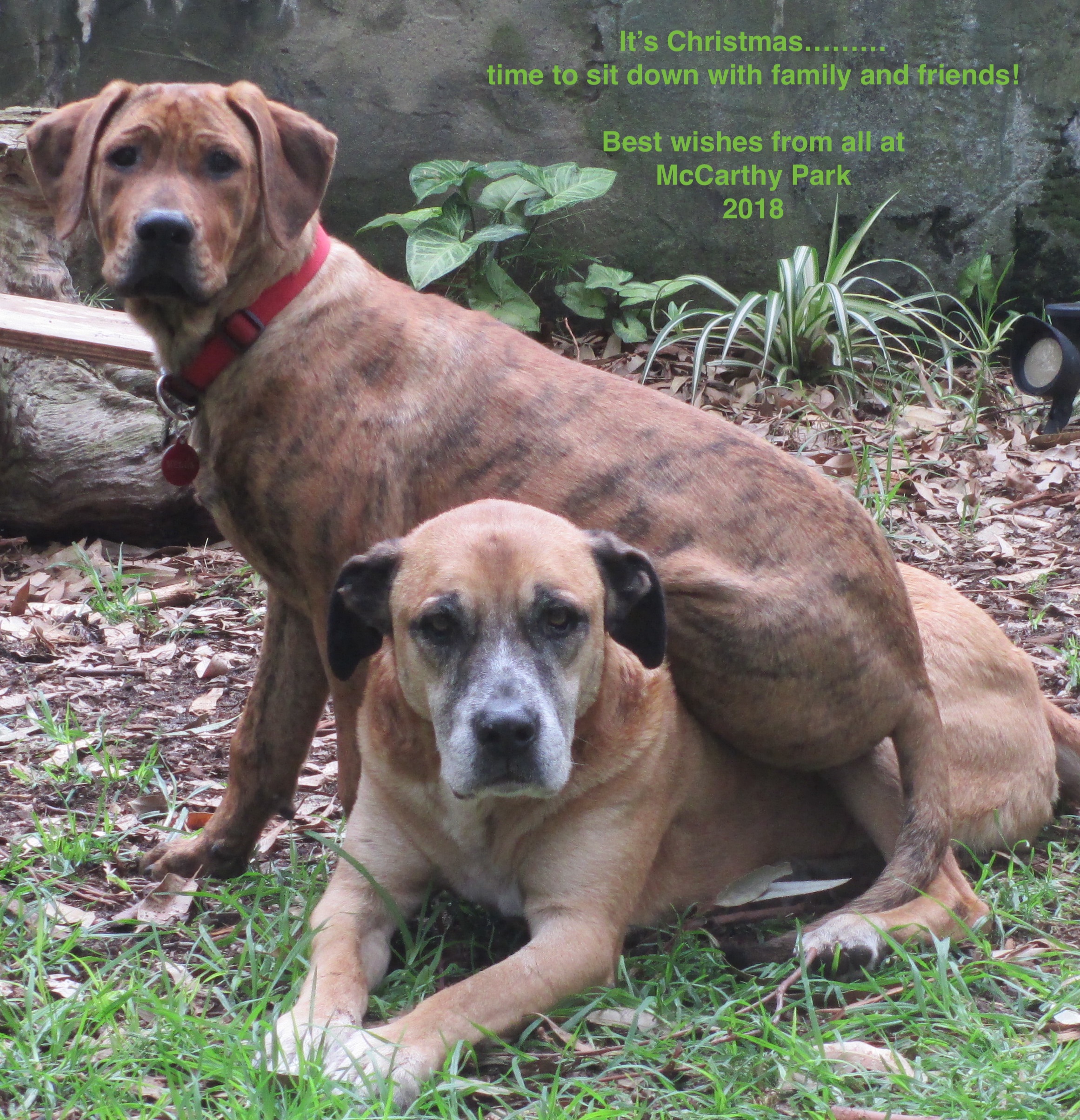This season has been one of the worst honey seasons for years apparently, all across Australia. We seem to have been quite fortunate that we haven’t had to feed our bees over summer, unlike some of the beekeepers in other areas.
It hasn’t been great for us either, with no honey harvest this season (apart from excess frames when we transferred from the Langstroth (in the billabong) to a Horizontal in December 2018. The bees have been able to build comb and fill cells with honey- hopefully providing enough for the hive to manage over winter.
Fortunately the weather has been generally quite mild in our area, with plenty of warm sunny days (the garden really needs the rain, but the weather has been good for the bees), and even though it is late May they are still building supplies.
Both of the Horizontal hives have been reduced down to one side, making it easier for the bees to keep warm over winter. There are still a few WSP frames that were kept in the transfer from Langstroth to Horizontal, and several of these frames have comb built below the frame. We had hoped to be able to harvest these and replace them with full depths over summer, but it has been such a poor season we have had to leave them as supplies for the bees.

capped honey and comb built below the WSP frame
We also checked the Topbar for winter, removing three frames of drawn comb from one side that were looking quite old and had no activity/honey in them. We then brought the follower board closer in, reducing the overall size of the hive for winter.

Tobpar
The other side of the Topbar had freshly drawn comb, being filled with honey so we left this side as it was.

Fresh comb
We had a check for brood too, and several frames in saw plenty- capped and uncapped. The bees were becoming agitated so we didn’t continue to find the queen.

Brood in the topbar
Overall, while we certainly haven’t had a great season and haven’t harvested any honey, we are pleased that the bees seem to be doing ok. This is despite the poor season generally, and the fact that both Horizontals were transferred from Langstroths (and one of these was originally the Topbar that was demolished by a tree). Hopefully they will maintain over winter and be ready to move along in spring.
